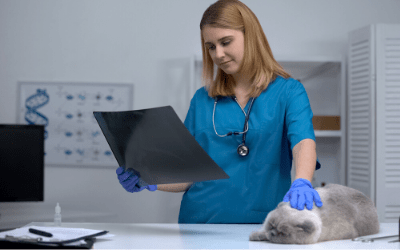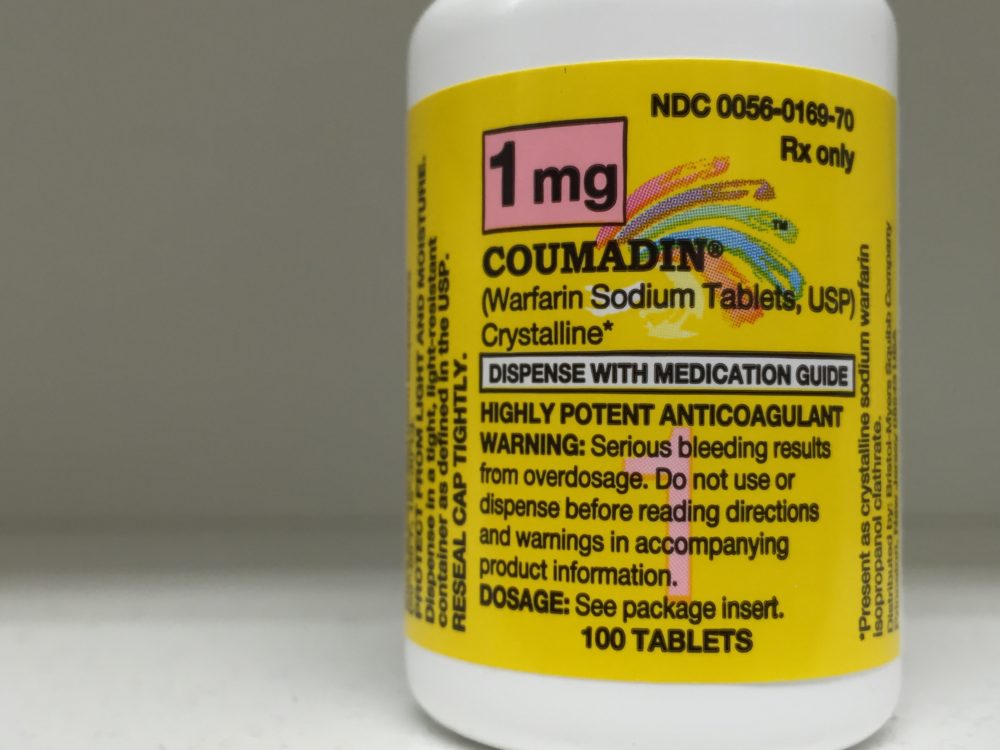Warfarin Poisoning in Cats
PTT will elevate shortly thereafter. Vitamin K is required for the activation of clotting factors.

Rodenticide Warfarin Poisoning In Cats Vca Animal Hospitals
Other signs include poor pulses pale gums lameness lethargy.

. Clinical signs of poisoning are hemorrhage bleeding which usually occurs about 2-3 days after consumption. This is the most common cause of poisoning in pets. Of the diphacinone-treated dogs 1 dog given 25 mg of vitamin K1kg required 3 vitamin K regimens and 2 dogs given 50 mg.
Poisoning occurs when a cat ingests rodenticide. Symptoms of poisoning in dogs can vary tremendously depending on the type of poison theyve encountered. This usually occurs when the poison is placed in and around buildings without protective bait stations allowing access to the poison by dogs and other non-target animals.
This treatment is contraindicated if the cat has ingested a caustic substance is too sedate or if the cat is at risk of aspiration pneumonia. Authors J Lawson R A Doncaster. Warfarin is a medicine that is used to prevent or treat the formation of blot clots.
Warfarin is one of several compounds that may be used in rodent poisoning. Warfarin rodenticide prevents vitamin K 1 from working properly in the body. Next it takes 3-7 days before signs of poisoning occur due to blood loss.
Bathe the cat with warm water and liquid soap to remove dermal contamination. Warfarin is a vitamin K antagonist used as an anticoagulant used for treatment and prevention of a variety of coagulopathic and thromboembolic disorders. Anticoagulant rodenticide poisoning occurs when a dog ingests rodenticide.
Long-acting anticoagulants LAACs are the most common and well known type of mouse and rat poisons. A treatment for warfarin poisoning in the dog. It works by making your blood clot more slowly.
How does poisoning occur. It is often initiated pending test results but maintenance of vitamin K is not indicated for patients having diagnoses of thrombocytopenia hereditary factor deficiencies or DIC. Warfarin toxicity happens when you have too much warfarin in your body.
Bleeding is not always obvious as it often occurs inside the abdomen chest. Dogs Warfarin poisoning Substances Warfarin. Detection of a long-acting anticoagulant in environmental samplesCase classification.
Anemia and thrombocytopenia are generally mild to moderate at the time clinical signs of anticoagulant rodenticide poisoning are noted by the animals owner. Anticoagulant rodenticide toxicities are the most common cause of severe vitamin K deficiency in dogs and cats. A treatment for warfarin poisoning in the dog Vet Rec.
Initially cats do not show signs of anticoagulant rodenticide poisoning. A case in which a potentially exposed person is being evaluated by health-care workers or public. Vet Rad 34 6 391-396 VetMedResource.
Lewis D C et al 1997 Thrombocytopenia in dogs with anticoagulent rodenticide induced haemorrhage- eight cases 1990-1995. When dogs or cats ingest LAACs it typically takes 3-5 days before. Coumadin warfarin is the active ingredient in rat poison.
Additionally superwarfarins are now also used as pesticides and should be considered as. This usually occurs when the poison is placed in and around buildings without protective bait stations allowing access to the poison by dogs and other non-target animals. What are the clinical signs of warfarin rodenticide poisoning.
Berry C R et al 1993 Thoracic radiographic features of anticoagulant rodenticide toxicity in 14 dogs. The PT will elevate first in dogs and cats. In both dogs and cats doses of 5-50.
JAAHA 33 417-422 PubMed. This type of poison prevents the blood from clotting resulting in internal bleeding. Detection of a long-acting anticoagulant eg brodifacoum in serum plasma or urine as determined by commercial laboratory tests.
Vitamin K1 is needed for the body to make certain clotting factors which enable blood to clot and help to control bleeding. That being said Coumadin is dosed for humans in a manner which prevents blood clotting especially for those at risk and does not act as a poison at the therapeutic dosage level. The neighboring farmer was using warfarin bait to protect his seed corn.
Warfarin toxicity can cause bleeding that can become life. Long-acting anticoagulants work similarly to the blood thinner medications that people take eg warfarin or Coumadin. Warfarin kills rats and mice in very small doses by causing them to hemorrhage to death.
Poisoning after eating rodents killed by the rodenticide is called secondary or relay poisoning. However when rats ingest the high concentrations of warfarin in rat poison they bleed to death. Bruising Pale gums Blood in urine vomit feces Bleeding from gums nose rectum eyes ears Weakness staggering gait depression Blood accumulation in the chest hemothorax which may.
Induce emesis vomiting with xylazine or apomorphine to prevent further absorption of the poison if the cat was exposed within the past two hours. Anticoagulant rodenticide poisoning occurs when a dog ingests rodenticide. Anticoagulant rodenticides cause excessive bleeding by interfering with vitamin K1 recycling in the body.
Since warfarin is advertised as dangerous only to rodents neither he nor I realized before Smudge died that it can kill cats and dogs as well. Swallowed poisons for example often cause sickness diarrhoea agitation and. While it was initially marketed as a rodenticide it has been used as a medication for more than a half-century.
After ingesting this type of bait it takes 1-2 days for vitamin K1 and clotting factors in the body to be used up. Many dogs and cats especially farm pets are poisoned by warfarin each year either from eating the rodent bait or by eating a rodent that has eaten the bait. Certain changes to foods and medicines can also increase the effect of warfarin.
Vitamin K therapy improves hemostasis in Vitamin K deficient patients. These signs can range from vomiting to breathing difficulties to drooling. Mayer S 1990 Poisons - Coumarin derivatives.
Poisoning after eating rodents killed by the rodenticide is called secondary or relay poisoning. The warfarin-treated dog was given 25 mg of vitamin K1kg of body weight in divided doses 3 times a day for 5 days. Typically it takes 2 to 5 days for the following symptoms associated with anticoagulant poisoning to appear.
This usually occurs when the poison is placed in and around buildings without protective bait stations allowing access to the poison by dogs and other unintended animals. 2 rows Animals should be monitored accordingly. However the extent of anemia may be severe in some cases.

No comments for "Warfarin Poisoning in Cats"
Post a Comment